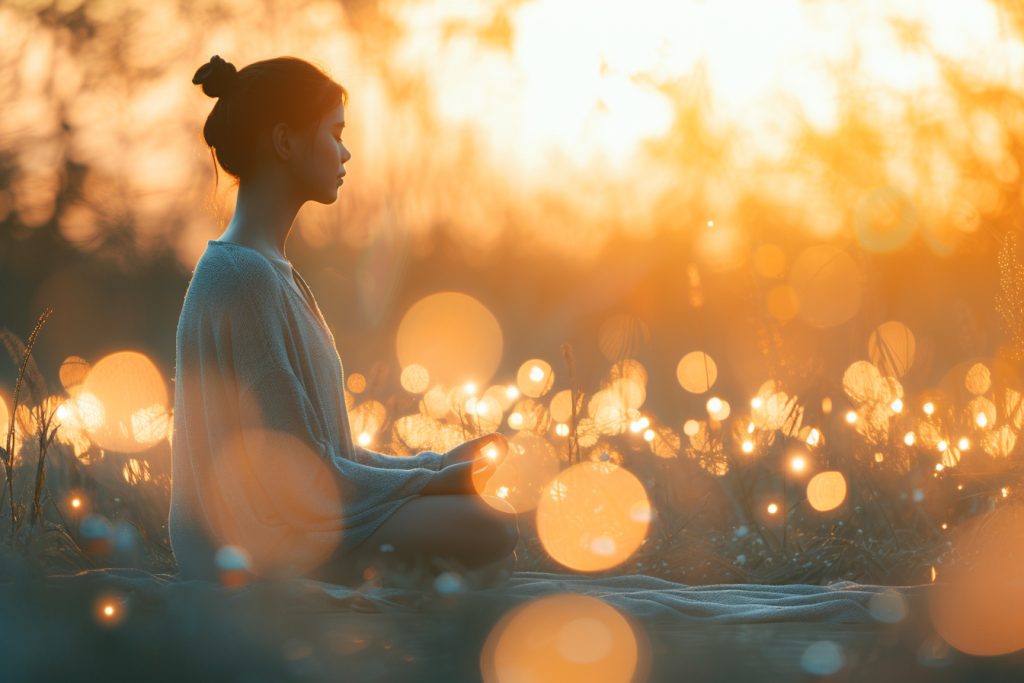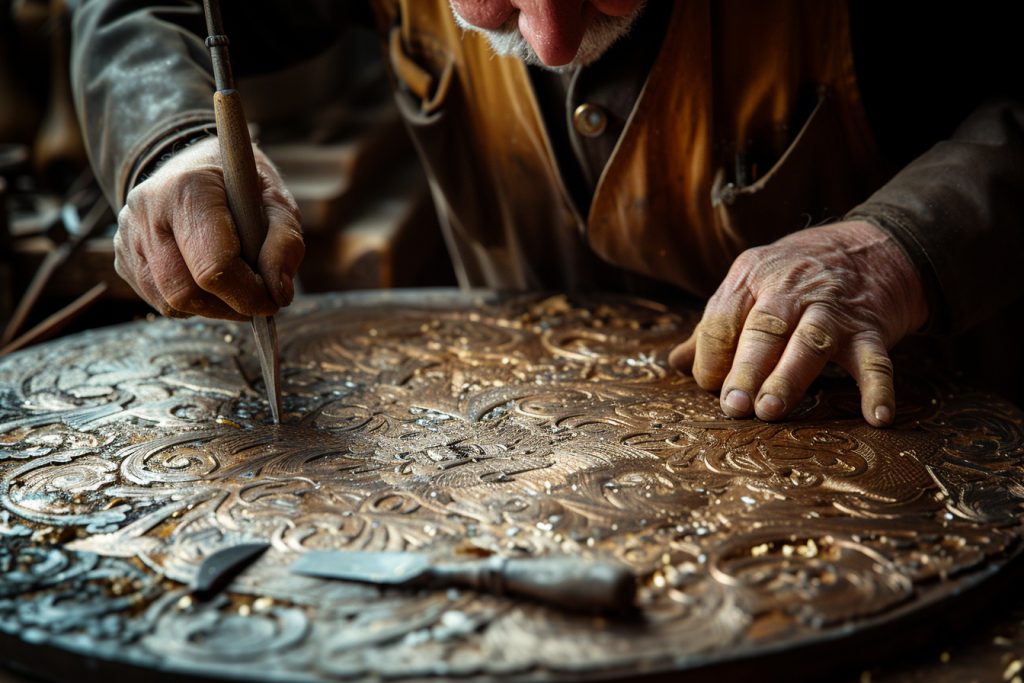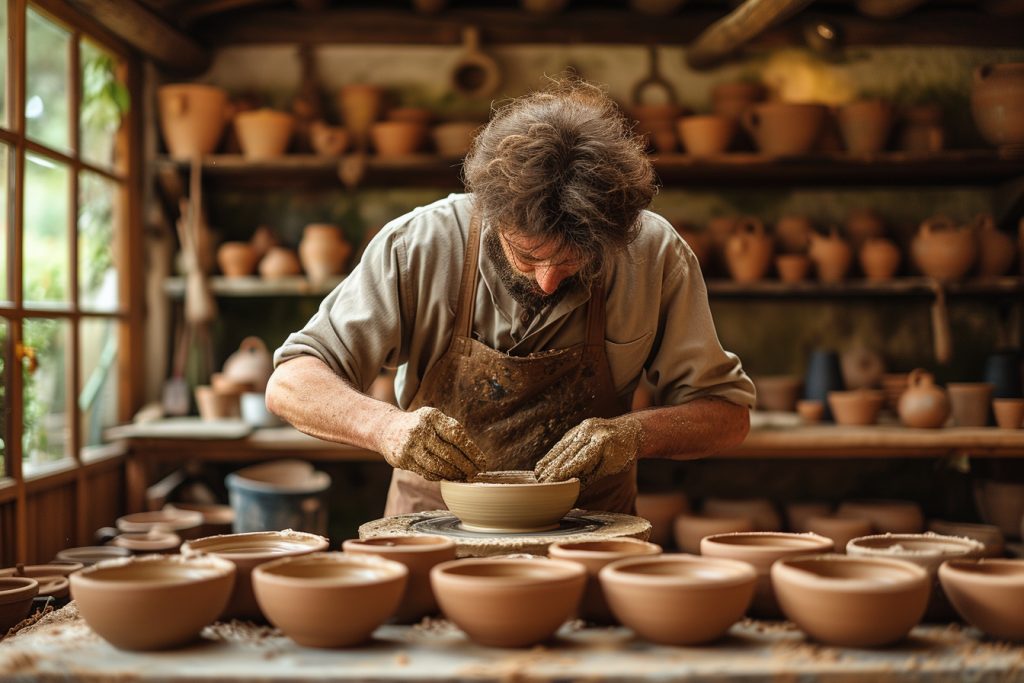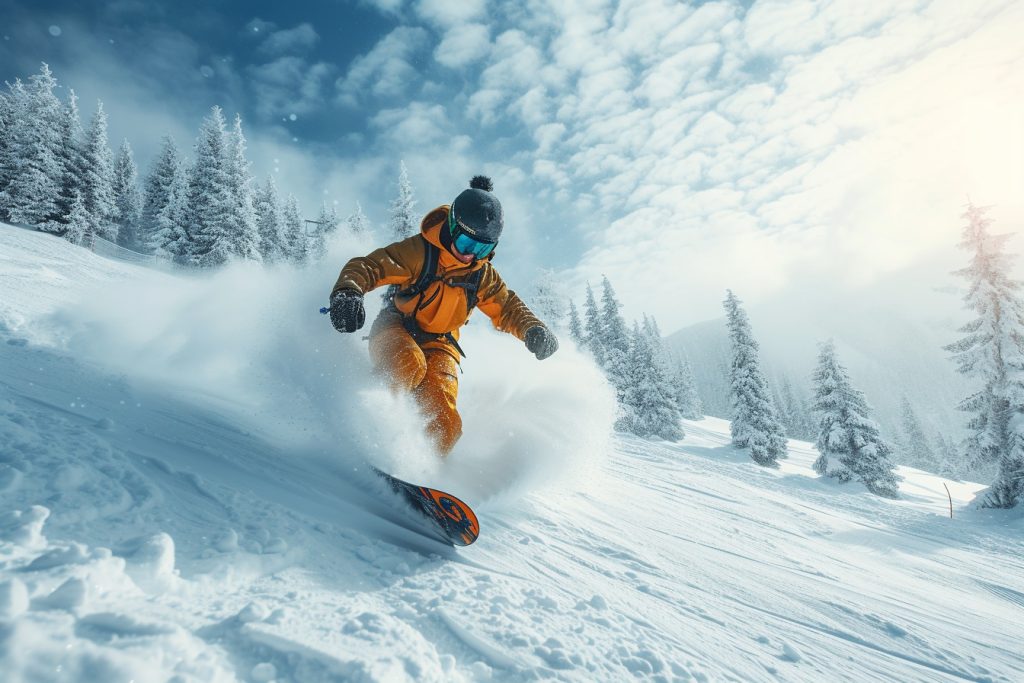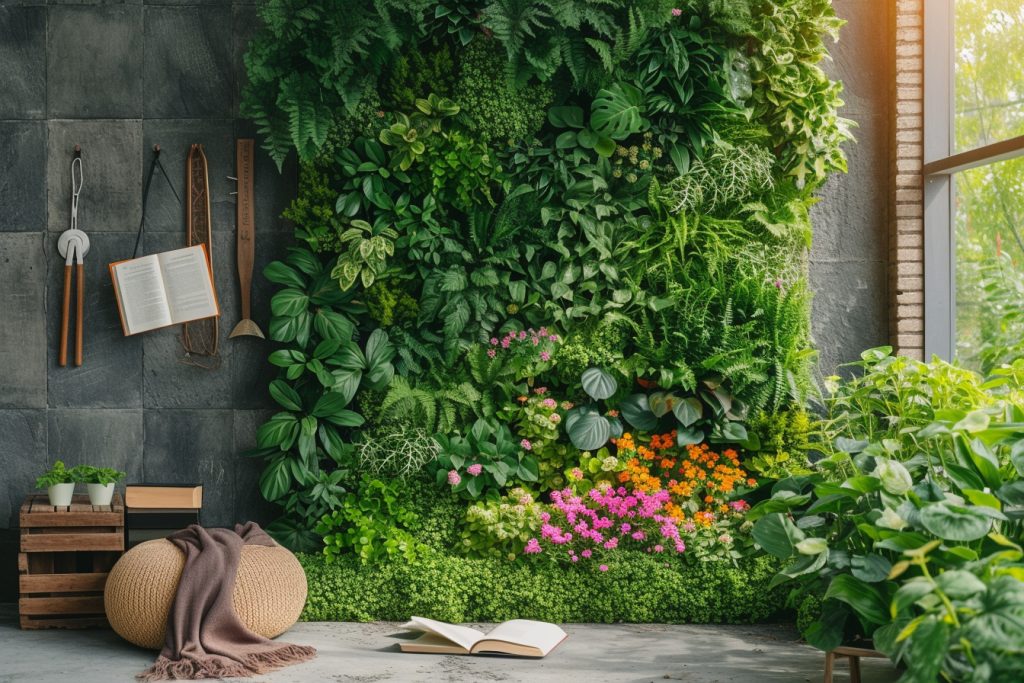Landscape photography is an endeavor that combines artistic expression with technical skill to capture the essence of natural environments. Among the myriad of landscapes, woodland settings offer a unique challenge, with their intricate details and the interplay of light and shadow. Mastering the art of landscape photography in these settings demands a nuanced approach and a deep understanding of both your equipment and the dynamic environment you are aiming to encapsulate. This discussion presents a multifaceted examination of how to excel in capturing the serene beauty of woodlands through your camera lens.
Understanding the woodland environment
The distinctiveness of woodland landscapes
Photographing woodland landscapes requires an appreciation for the complexity and diversity found within. Trees, often the most dominant subjects, vary widely in shape, size, and density. The ground, covered in an array of elements such as fallen leaves, moss, and undergrowth, contributes to a tapestry of textures and colors. Light behaves uniquely in these settings, filtering through the canopy and casting both enchanting and challenging shadows.
Observational skills
Strong observational skills are paramount. Spend time immersed in the woodland space, attentively noticing how the light interacts with the foliage and the forest floor throughout the day. Observation informs your decisions on the best times for photography and where to focus your compositions.
Preparing for woodland photography

Choosing the right equipment
Selecting appropriate gear is vital. A tripod is essential for stabilizing your camera and ensuring sharp images, particularly in low-light conditions. Lenses with a range of focal lengths will afford flexibility—wide-angle lenses to capture grand scenic views, and longer focal lengths to isolate details and create compelling compositions.
Technical considerations
Understand each piece of equipment’s capabilities. Familiarity with camera settings—such as aperture, shutter speed, and ISO—is crucial for manipulating light and focus. Aperture settings influence depth of field, an important aspect to consider when capturing intricate details against a soft background, or ensuring that a sweeping landscape is in clear focus from foreground to horizon.
The role of filters
Filters can enhance woodland photography significantly. Polarizing filters can reduce glare on leaves and increase color saturation, creating a more vibrant and contrasting scene. Neutral density filters allow for long exposures, even during daylight, to smooth out water or capture movement in the trees on a breezy day.
Composing the woodland photograph
Visual storytelling
Composition in woodland settings isn’t merely about capturing a scene; it’s about telling a story. Consider what you wish to convey through your photography. Do you want to evoke a sense of tranquility, mystery, or perhaps the grandeur of nature? Composition is the language through which these narratives are woven.
Framing and perspective
Using natural frames like tree branches or openings can draw the viewer’s eye into the photograph. Experiment with different perspectives—get low to make mushrooms loom large or climb higher to provide a more sweeping view of the forest canopy. Perspective alters the story told by the image.
The rule of thirds and beyond
While adhering to the rule of thirds can provide balance and interest to your compositions, do not be afraid to break this rule for creative effect. Diagonal lines can create movement and depth, while symmetry can offer a serene balance to a woodland scene.
Leading lines and depth
Paths, streams, or rows of trees can serve as leading lines, guiding the viewer’s eye through the image and creating a sense of depth. Depth can also be accentuated by including elements at various distances from the camera, from the detailed texture of the nearest tree bark to the misty layers of the forest in the distance.
Capturing light and mood
The interplay of light and shadow
Woodlands are a playground of light and shadow. The dappled light that peers through the leaves can add a layer of complexity to your images. However, these high contrasts can also prove tricky to expose correctly. Spot metering may assist in exposing for the highlights and preserving detail in the shadows.
Exploring different weather conditions
Do not limit your photography to clear, sunny days. Overcast skies can provide a diffused light that minimally casts shadows, perfect for capturing the rich hues of the forest. Fog and mist can add an ethereal quality to your images, giving them a painterly feel that amplifies the woodland’s mystery.
Golden hours and blue hours
The golden hour—shortly after sunrise or before sunset—offers a warm, soft light that enhances the golden tones of the woodland. Conversely, the blue hour—just before sunrise or after sunset—casts a cool, ethereal glow that can transform a forest scene into a realm of fantasy.
Post-Processing techniques
Enhancing the natural aesthetic
In post-processing, aim to bring forward the beauty that you witnessed in person. Adjustments to exposure, contrast, and clarity can make details pop and ensure the overall mood of the image is preserved. Tweak the white balance to reflect the true colors of the setting or to emphasize a warmer or cooler tone.
Focus stacking for ultimate sharpness
For scenes that require front-to-back sharpness, such as those capturing detailed foregrounds against a distant background, focus stacking can be invaluable. By combining multiple images taken with different focus points into a single composite image, you can overcome the limitations of depth of field.
Retaining the integrity of the scene
While it’s tempting to heavily manipulate images in post-production, remember that the essence of landscape photography is capturing the beauty of the natural environment. Strive to retain the integrity of the scene, enhancing rather than creating.
Ethical considerations in woodland photography

Respect for the environment
While pursuing the perfect shot, it is crucial to tread lightly and respect the woodland and its inhabitants. Stick to trails where available, refrain from moving or disturbing the natural elements, and always follow the principle of "leave no trace."
Photographic etiquette
Woodland photography often requires patience. If you encounter other photographers or visitors, respect their space and experience by being considerate of your impact on their view and enjoyment of the environment.
Advancing your skills
Continuous learning
Photography is an art that demands lifelong learning. Attend workshops, study the work of esteemed landscape photographers, and continually experiment with different techniques to refine your craft.
Analyzing your work
Critically assessing your own images is invaluable for growth. Consider what worked, what didn’t, and how you might approach a similar scene differently in the future. Peer feedback can also provide new perspectives and help you to identify areas for improvement.
Adapting to change
Nature is ever-changing, and so too must be your approach to photographing it. Return to the same woodlands across different seasons and various weather conditions to expand your portfolio and skill set. Each visit is bound to provide new insights and lessons.
Woodland landscape photography can be immensely rewarding, offering opportunities to capture the unquestionable beauty of nature while honing your photographic technique. Through preparedness, understanding of your environment, and thoughtful composition, you can create images that not only depict the serenity of nature but also stir it within the beholder. Employ respect for the natural world and a commitment to continuous improvement, and your journey in mastering the art of woodland landscape photography will not only yield stunning imagery but also a profound connection with the natural world.



